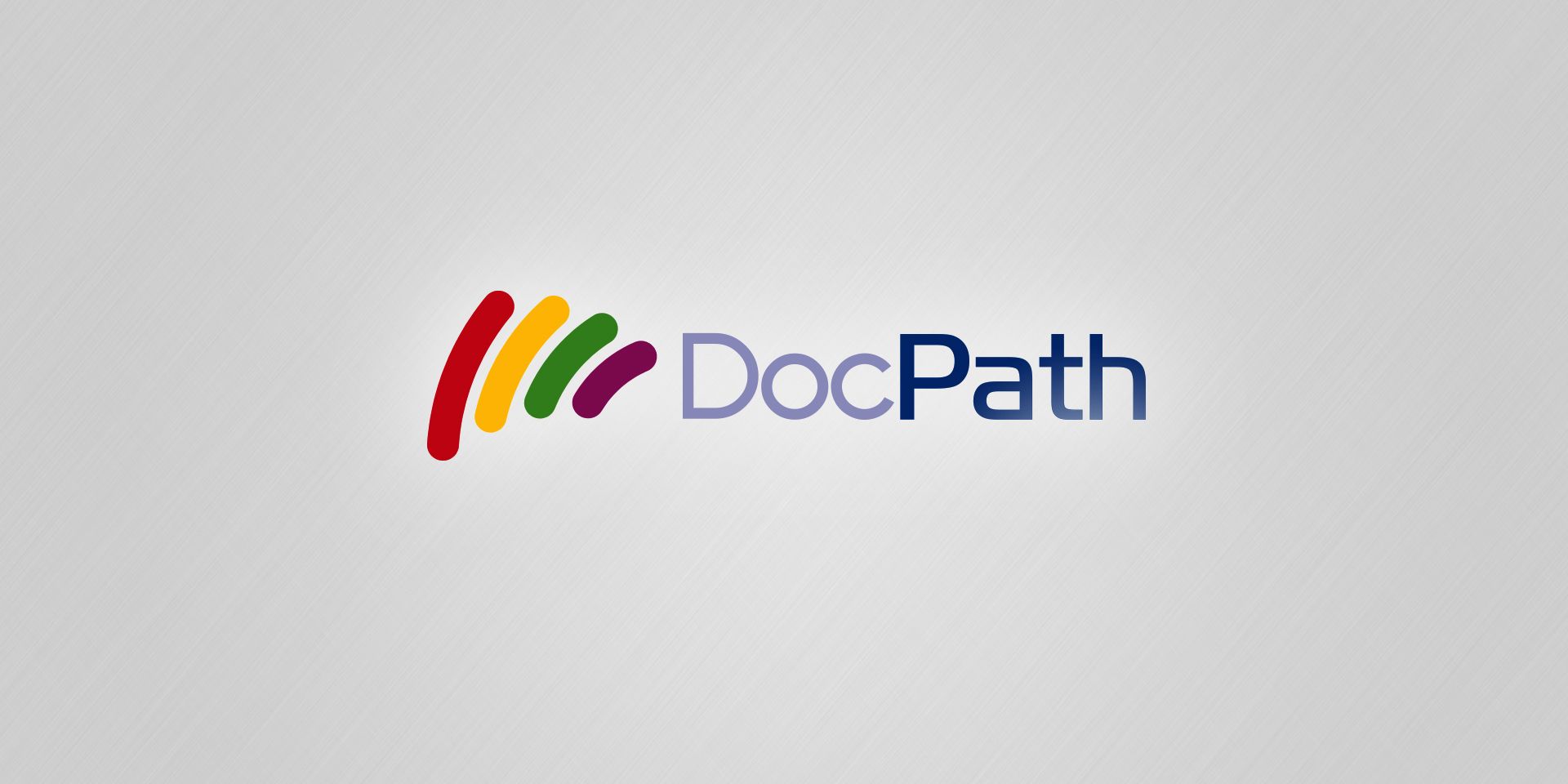
Today, data centers include enormous volumes of data and documents, which are increasing at a steady pace – a phenomenon we call Big Data. Although these systems are quite modern, they are now becoming insufficient and require a large investment with little practical use. This situation is going in crescendo, and requires a rapid and easily applicable solution.
New Storage Methods: A Need and An Obligation
Apart from the importance of being able to efficiently manage high volumes of documents and data, large organizations should also address the legal requirements to comply. Clear examples of this are financial and health companies around the world, which are forced to save and store all their communications with clients safely, while respecting data confidentiality. Health companies must store this information even beyond the lives of the patients involved. A specific example is the Health Insurance Portability and Accountability Act of 1996 (HIPAA), which applies to all health companies in the USA.
It is obvious that efficient and effective data and document storage models are not only necessary, due to their large volume and the related costs, but also because legislation obliges companies to ensure long-term data storage.
Different data storage models
As early as the beginning of 2012, developers started to define software architectures for data and document storage, which have shaped the latest tendency in data center formats.
In fact, traditional data centers based on hardware are making way for virtualization software – a tendency that is in line with the large amount of new business applications that have transformed networks, PC´s and data storage levels.
With regard to data storage, the latest trend reveals that level 1 applications (ERPs, email, etc.) are leaning towards virtualization platform. This reduces both the costs related to server purchases and the difficulties arising from traditional hardware-based solutions.
An example are the increasingly popular SSD flash based technologies, following a drastic drop in prices, in recent times, of solid state drives. This type of device offers a higher Reading and boot-up speed tan mechanical hard disk drives, as well as much more secure data and document storage.
The importance of document management software for data storage
The obvious and massive growth of stored data and documents requires not only hardware, but also specialized document management software, to ensure flexible process automation, to securely store information and to retrieve data on demand.
It is precisely in the data retrieval phase where good data management software tools become vital. After all, if an end user or organization cannot access its data or documents, any storage method becomes worthless. For this reason, the main features of any document management software application should not only be focused on data storage, but they should also include efficient and rapid data search methods. These methods should also be secure, via data retrieval privileges and restrictions. In addition, document management software should also offer a variety of operations, such as email deliveries, queries, printing, etc.
Another useful and increasingly popular device when it comes to data storage are the storage hypervisors, for easily monitoring virtualized data. These devices also allows to increase availability, speed and usage of data centers.
It seems clear that the market for document management software and data storage is expanding. As such, the main challenge of document management software companies providing such solutions is to enable correct data management and, above all, efficient recovery of these vast volumes of information.
Julio A. Olivares
DocPath CEO
